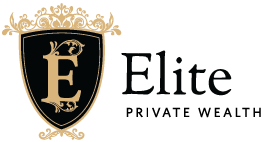Budgeting is an essential tool for achieving financial stability and meeting your financial goals. Different methods cater to various needs and preferences. Here’s a breakdown of some of the most popular budgeting methods:
- 50/30/20 Budget Method:
- Overview: This method involves dividing your after-tax income into three categories: needs, wants, and savings.
- Breakdown:
- 50% Needs: Allocate 50% of your income to essential expenses like rent, utilities, groceries, and transportation.
- 30% Wants: 30% goes to discretionary expenses like dining out, entertainment, and shopping.
- 20% Savings and Debt Repayment: The remaining 20% is reserved for savings, investments, and paying off debts.
- Best For: Those looking for a straightforward method to balance essential expenses, personal spending, and savings.
- Envelope System:
- Overview: This is a cash-based budgeting system where you allocate a specific amount of cash for different categories in separate envelopes.
- How It Works: Once the cash in an envelope is used up, no more spending occurs in that category until the next budgeting period.
- Best For: People who struggle with overspending and want a tangible way to monitor and control their expenses.
- Pay Yourself First System:
- Overview: This method prioritizes savings. Before paying any bills or spending on other categories, you set aside a portion of your income for savings.
- How It Works: Determine a set amount or percentage of your income to save each month. Immediately transfer this to a savings account or investment before allocating money elsewhere.
- Best For: Those focused on building savings or investments and want to ensure they consistently contribute to these goals.
- Zero-Based Budget:
- Overview: Every dollar of your income is assigned a specific purpose, ensuring that your income minus your expenses equals zero by the end of the month.
- How It Works: Start by listing all your monthly expenses. Allocate funds to each category based on your income. If there’s any money left after all allocations, it should be directed towards a purpose, such as paying off debt or adding to savings.
- Best For: Individuals who want a detailed and hands-on approach to budgeting, ensuring every dollar is utilized efficiently.
Conclusion
Choosing the right budgeting method depends on your financial goals, spending habits, and personal preferences. Some might prefer the simplicity of the 50/30/20 method, while others might benefit from the detailed approach of zero-based budgeting. The key is consistency and regular review, ensuring that the chosen method aligns with your financial objectives.

